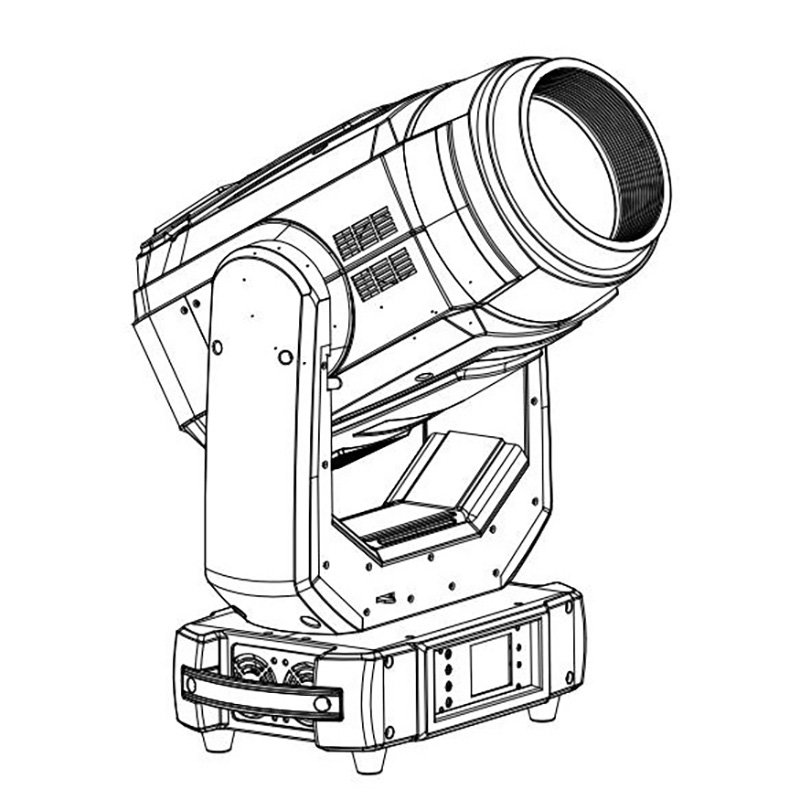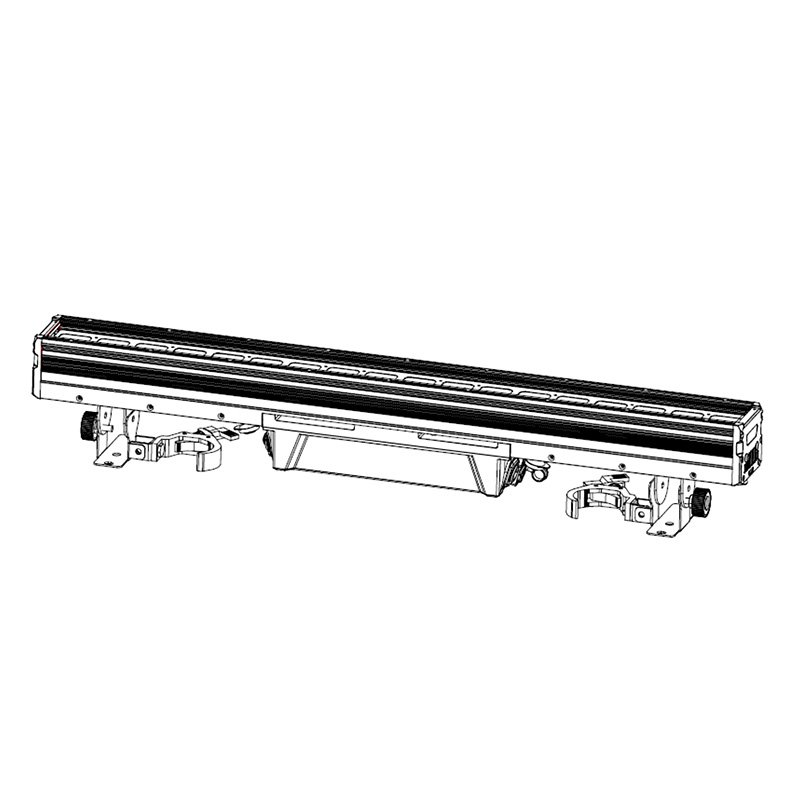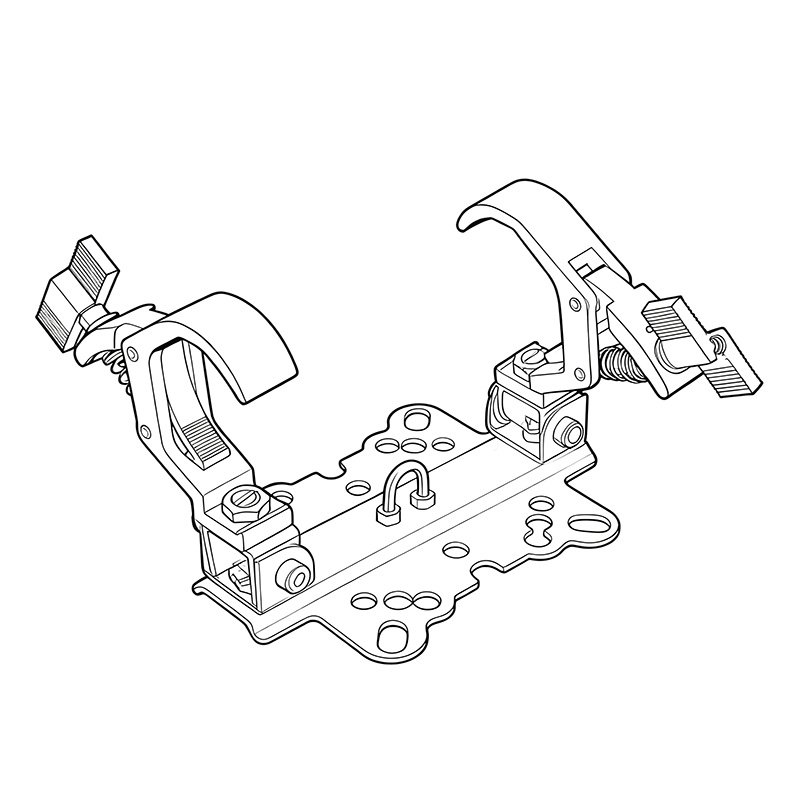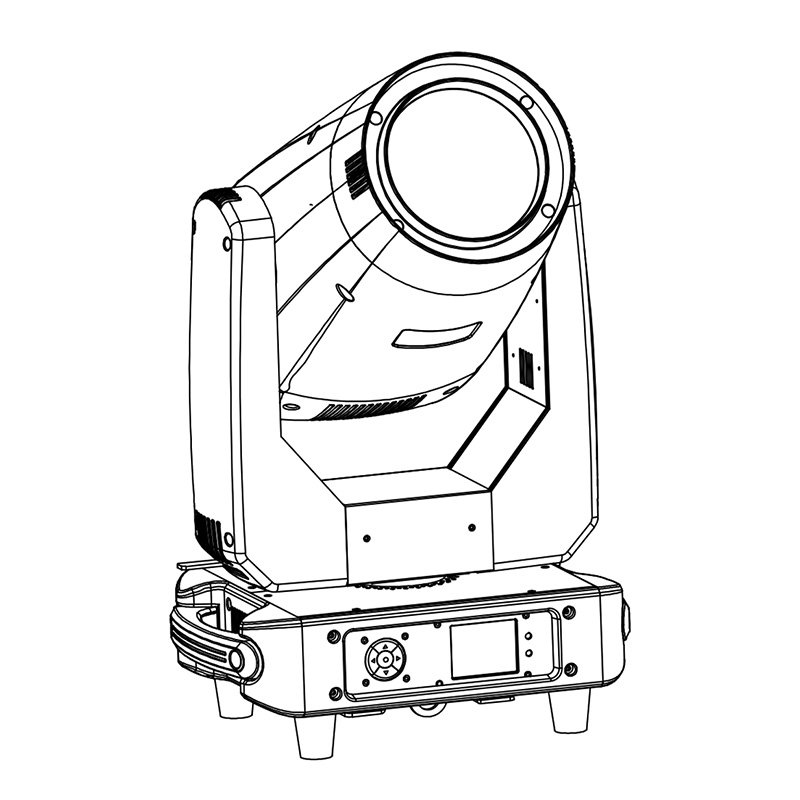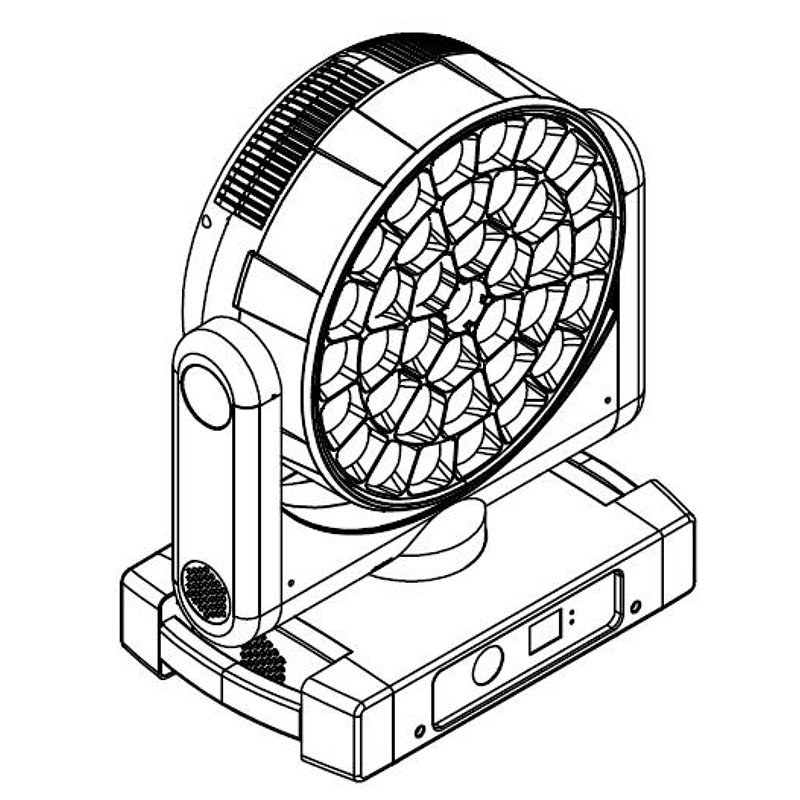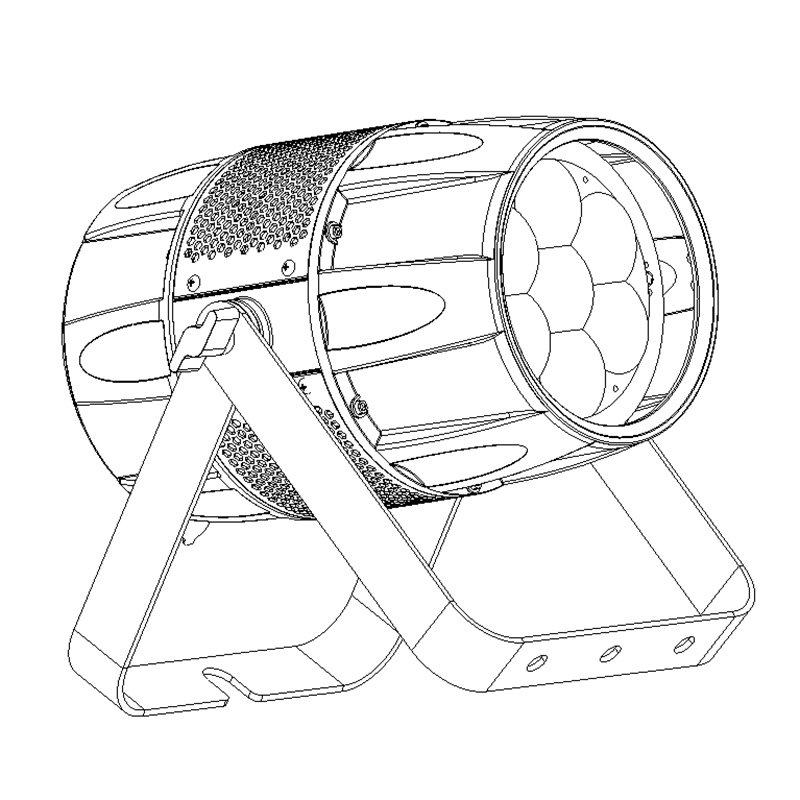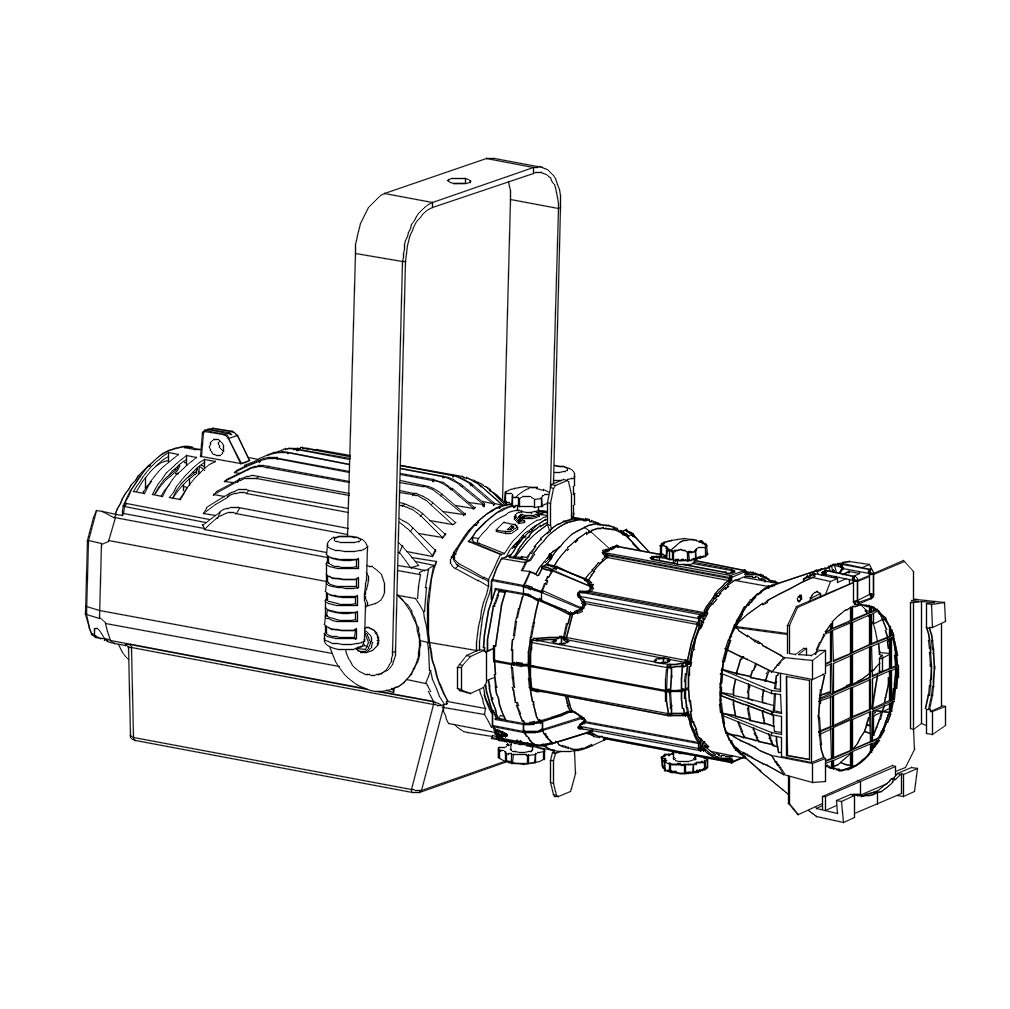In professional stage lighting, DMX lighting control is the foundation of every synchronized show. Whether you're designing a concert rig, theatrical scene, or architectural installation, DMX512 is the digital backbone that allows precise, real-time control of multiple lighting fixtures across a networked system.
DMX lighting control is a digital protocol (DMX512) used to manage up to 512 lighting channels per universe. It allows precise real-time control over dimming, color, movement, and effects across multiple fixtures—making it essential for concerts, theaters, clubs, and architectural lighting systems.
🔍 What Is DMX?
DMX stands for Digital Multiplex, and DMX512 is the protocol name defined by USITT (United States Institute for Theatre Technology) in 1986. It enables communication between a controller (console or software) and lighting or effects fixtures.
Key Specs of DMX512:
- 512 control channels per universe
- 44 Hz data transmission rate
- Standard signal: RS-485
- Supports up to 32 devices per line
DMX is unidirectional: signals flow from controller to devices. Each fixture reads the signal only if its DMX address matches the command’s destination.
🧠 How DMX Works: Channel Logic
Each function of a light—such as intensity, pan, color, or strobe—is assigned a DMX channel. A fixture may require 2–40 channels depending on complexity.
| Feature | Channel Example |
|---|---|
| Dimmer | 1 |
| Strobe Speed | 2 |
| Color Wheel | 3 |
| Gobo Wheel | 4 |
| Pan/Tilt | 5–6 |
A single controller can output data for 512 such channels per universe. For large-scale events, multiple universes are stacked using Art-Net, sACN, or DMX splitters.
📷 Typical DMX Wiring Setup

- Use 3-pin or 5-pin XLR DMX cables
- Daisy-chain fixtures:
Controller → Fixture 1 → Fixture 2 → ... → Terminator - Always terminate the last fixture with a 120-ohm DMX terminator to prevent signal reflections
🛠️ Required Components
To create a DMX-controlled system, you'll need:
| Component | Role |
|---|---|
| DMX Controller | Console/software to send data (e.g., MA, Avo, Chamsys) |
| DMX Cables | Connect controller to fixtures (XLR 110-ohm) |
| Lighting Fixtures | DMX-enabled (e.g., moving head lights, LED pars, strobes) |
| DMX Terminator | Prevents data bounce at end of signal chain |
| Splitter (if needed) | Replicates signal for more than 32 fixtures |
📱 Wireless DMX Options
In modern setups, wireless DMX is increasingly common in touring and event lighting.
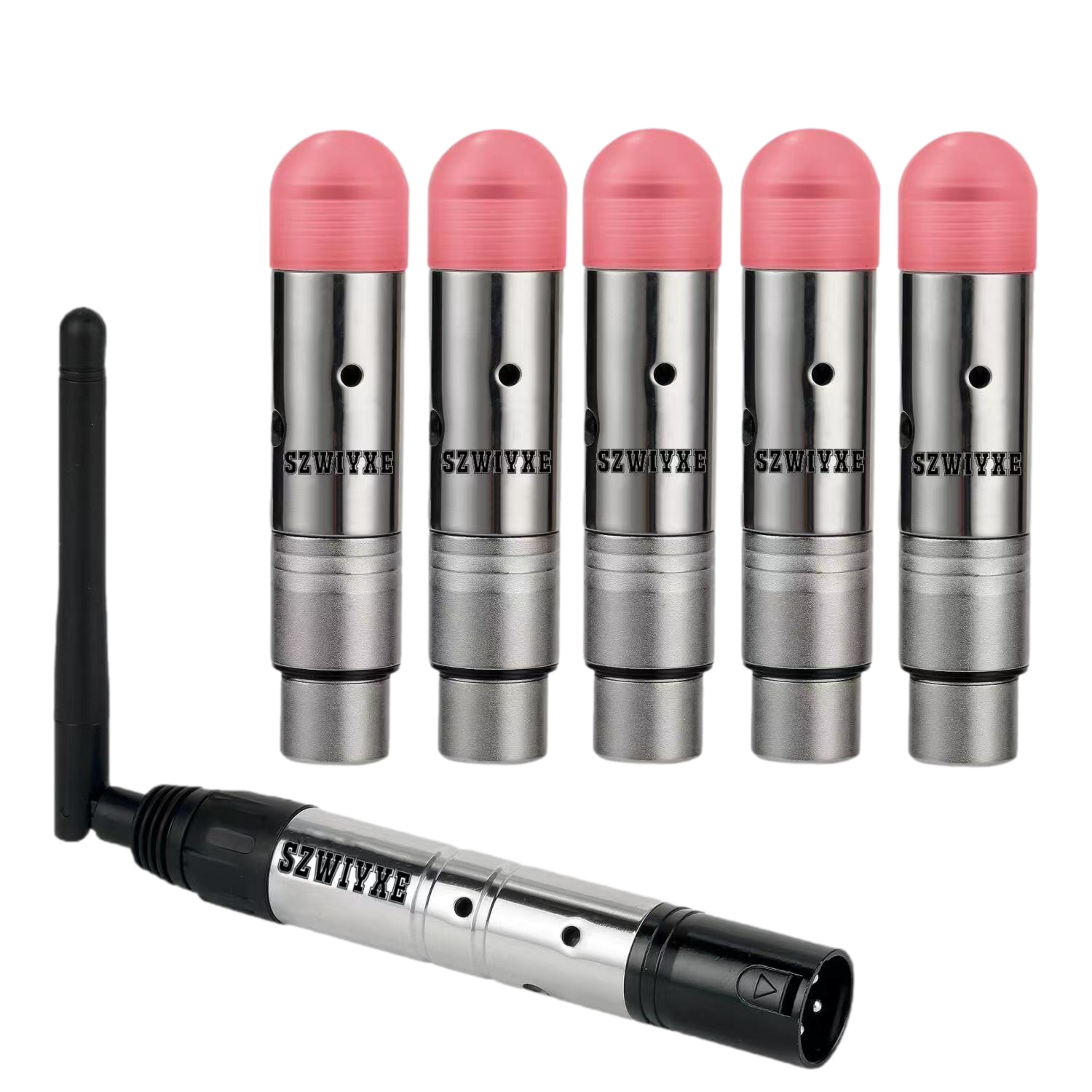
Advantages:
- Eliminates long cable runs
- Ideal for installations with limited access
- Easier rigging and teardown
Popular protocols include:
- LumenRadio CRMX
- W-DMX (Wireless DMX by Wireless Solution)
- Chauvet D-Fi
- ADJ WiFly
🎚️ Software-Based DMX Control
Not every DMX system requires a bulky console. Today’s software controllers offer powerful options for clubs, small venues, and portable rigs.
Common DMX Software:
- Lightkey (Mac)
- Freestyler (Windows)
- Onyx by Obsidian Control
- QLC+ (Open-source)
These connect via USB-to-DMX interfaces, offering cue stacks, FX engines, and MIDI integration.
🧩 Advanced Protocols: Art-Net and sACN
For large installations, protocols like Art-Net and Streaming ACN (sACN) allow DMX data to travel over Ethernet networks. One Cat5 cable can carry dozens of DMX universes.
| Protocol | Max Universes | Medium | Direction |
|---|---|---|---|
| Art-Net | 32–256+ | Ethernet | Bi-Directional |
| sACN | 63,999 | Ethernet | Bi-Directional |
| DMX512 | 1 | XLR Cable | Uni-Directional |
🎭 Real-World Applications of DMX Lighting
DMX is used across entertainment and architecture:
- 🎤 Concerts – Sync beams, strobes, color chases
- 🎭 Theater – Cue-based scenes, dimming control
- 🎧 Nightclubs – Sound-to-light, auto FX loops
- 🏛 Architectural – Building facade illumination
- 💒 Weddings/Events – Mobile uplighting, battery-powered lights
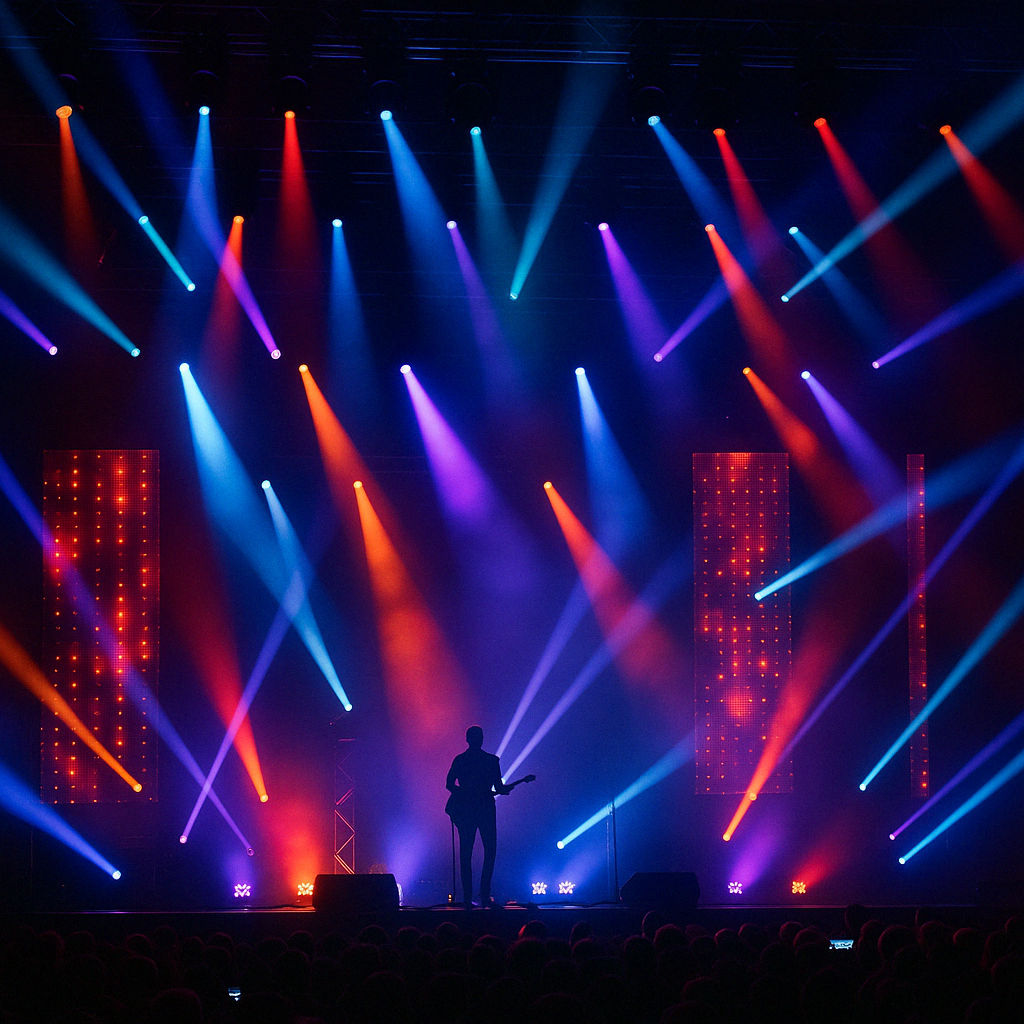 Concert Stage with DMX-Controlled Fixtures
Concert Stage with DMX-Controlled Fixtures
🔍 Common Mistakes to Avoid
| Mistake | Why It's a Problem |
|---|---|
| Using audio cables as DMX | Incorrect impedance causes flickering |
| Forgetting DMX terminator | May cause erratic behavior |
| Address conflicts | Fixtures respond to same commands |
| Overloading a universe | Limit to 512 channels per universe |
| Not labeling cables | Troubleshooting becomes difficult |
❓FAQ Section
What does DMX stand for?
DMX stands for Digital Multiplex, specifically referring to DMX512, the standard protocol for controlling stage and event lighting.
How many lights can DMX control?
DMX512 can control 512 channels per universe. The number of lights depends on how many channels each fixture uses.
Can I control lights without a console?
Yes. Software-based controllers with USB-DMX adapters or wireless apps can control DMX fixtures without a traditional lighting desk.
What’s the difference between DMX and Art-Net?
DMX512 uses XLR cables for one universe. Art-Net sends multiple DMX universes over Ethernet for larger systems.
✅ Conclusion: Why DMX Is Still King
Despite emerging protocols and wireless systems, DMX512 remains the most reliable and universal control standard for lighting systems worldwide. Understanding how it works empowers lighting engineers, venue managers, and designers to create precise, dynamic, and scalable lighting environments.
Want to learn more about DMX-controlled fixtures like beam, wash, and hybrid lights?
Check out our in-depth guide here.

